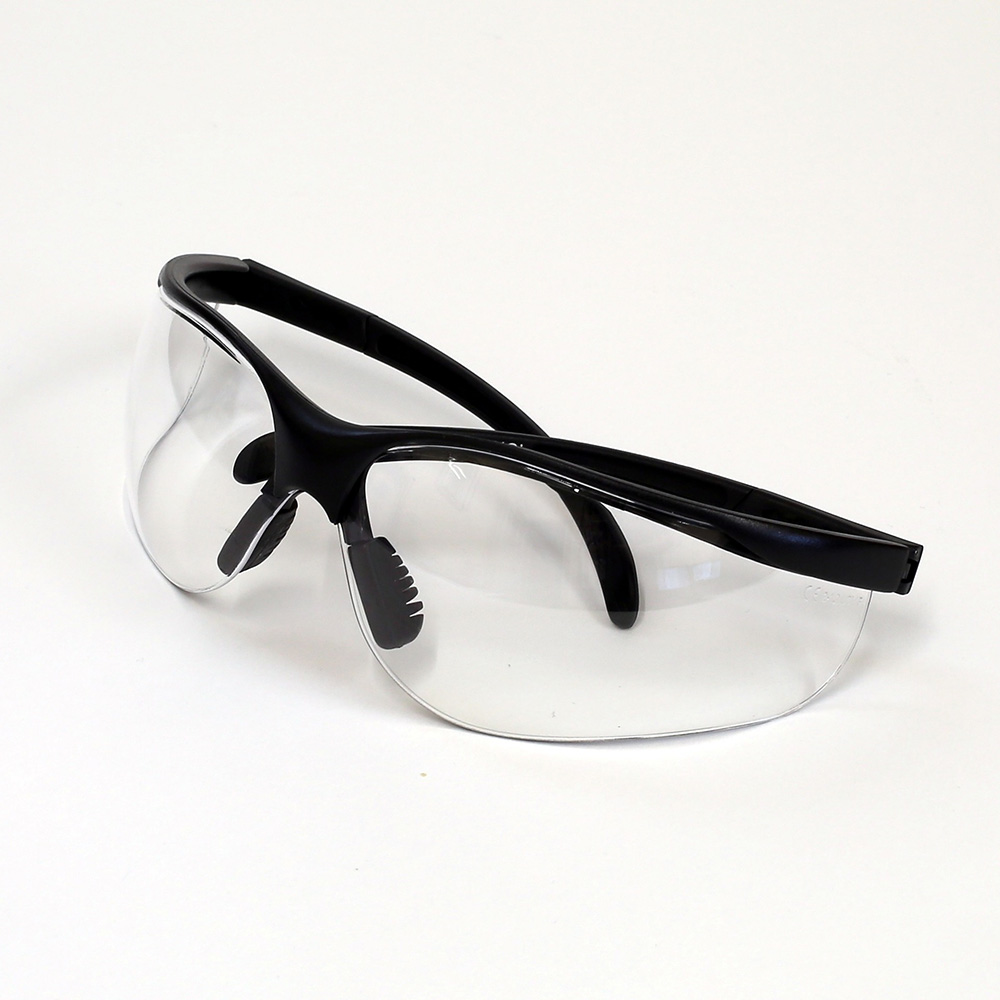CDC Warns Against Touching Eyes
The Center for Disease Control and Prevention guidelines are clear: keep your hands away from your eyes! Learning more about the different symptoms of novel coronavirus COVID-19, it’s clear that conjunctivitis is present in some individuals who have tested positive for the virus. CDC warns against touching eyes, most especially in public or if hands are not recently washed..
Symptoms
Symptoms aren’t very common compared to a fever or dry cough, but has only been present in somewhere between 1 and 3 percent of patients with COVID-19. Its important for healthcare workers and other people to be aware so that they can implement important protective measures too.
Conjunctivitis is the medical term for a pink eye, which can be caused by various things from allergies, viruses, bacterial infections, but the most common is due to the common cold. The eyes can be red, teary, uncomfortable, and even have some discharge.
While conjunctivitis isn’t a leading symptom for COVID-19, reaching out to your healthcare provider if you’re experiencing conjunctivitis along with fever and respiratory symptoms, or if you or a family member have recently spent time in a disease hotspot in the United States or overseas.
Be Diligent About Protecting Eyes
The need to be diligent about protecting eyes in order to reduce transmission of COVID-19, since the eyes have mucus membranes, COVID-19 can be transmitted when a person touches a contaminated surface and then touches his or her eyes. Therefore, protective eyewear should be mandatory for those on the front lines.
Both the Centers for Disease Control and Prevention (CDC) and the American Academy of Ophthalmology recommend that healthcare workers use eye, mouth, and nose protection when caring for patients who may have COVID-19. N-95 makes are the best way to protect the mouth and nose, while glasses or a shield can be used for eye protection. The American Academy of Ophthalmology explains that these forms of personal protective equipment can help protect both the patient and the healthcare provider from COVID-19 transmission.
Eye Protection
Eye protection is extremely important for healthcare workers right now, but experts say people who are not healthcare workers do not need to wear protective eyewear to protect against COVID-19 transmission at this time. That said, it’s still important to follow CDC recommendations, which include not touching your eyes with unwashed hands, thoroughly washing your hands, and following recommendations for social distancing. They also urge being extra cautious at home, too.
Tips
Do not share eye drops or cosmetics with others. Don’t touch your face or eyes after contact with public surfaces. Anything you can to minimize touching your eyes is recommended. If you are a contact lens wearer, switching to glasses is a good idea for the time being. If you happen to touch your eyes frequently, getting a protective pair of glasses is a good idea too. And if your eyes itch, use an artificial tear or an allergy drop instead.
- Start Wearing Your Glasses
- Pick Up a Pair of Blue Light Glasses
- Keep Your Glasses Clean With Cloths and Wipes
- Disinfect Your Glasses
- Wipe Your Eyes With a Cleansing Cloth
For more helpful eye care and vision care tips, please visit our main blog page.
Sources: webmd.com & rollingstone.com


You have a real gift for storytelling. hot nude cams
cheapest online pharmacy india https://indiaph24.store/# indian pharmacy
cheapest online pharmacy india
Your insights are always on point. Adult Web Cams